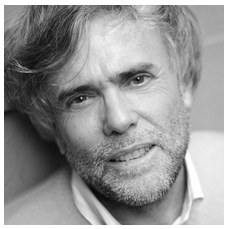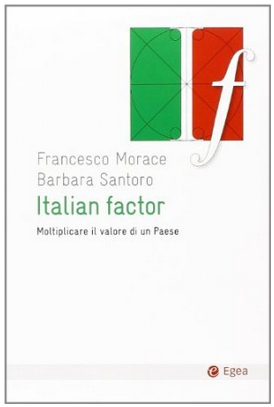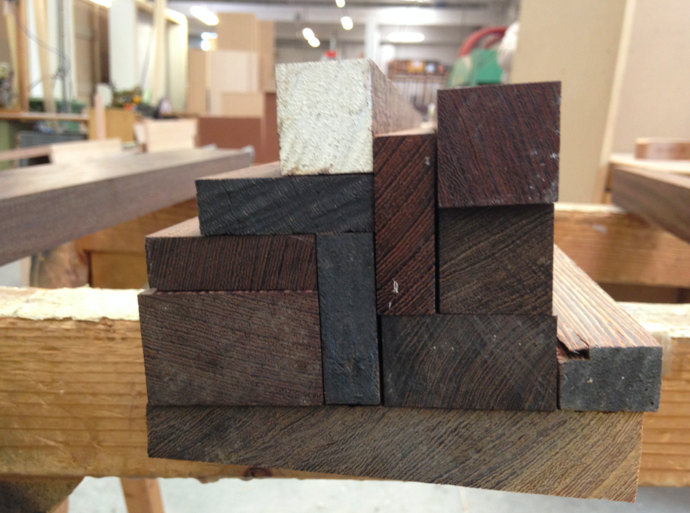 This is one of those stories we really like, in which we can find what we love more about our work:
This is one of those stories we really like, in which we can find what we love more about our work:
- direct relationship with the customer
- possibility to create made-to-measure furniture
- a feeling for beauty and functionality (utilitas-venustas, from Vitruvius and so on…)
- intelligent use of resources, ecologically and environmentally speaking
- attention to the choice of the essence, in relationship with the specific home
Remember the song we used to sing as children?
To make a table, you need wood, to make wood, you need a tree…
This time we couldn’t sing it, because the table we’re about to tell you about was made without cutting any tree.
The story starts with a lady, a customer of ours – whose home we know well, having furnished it with tailored solutions.
She turned to us asking for a simple object, but with a specific functionality:
“I’d like a nice table by the fireplace, for my kids, to do their homework.”
A special challenge for us: something to work on both in terms of design and as a realization project… just like we always do, as a matter of fact!
First of all, knowing that our customer cares for the environment, we took the opportunity to propose a “zero impact” solution:
The table will be made exclusively with spared wood, in small pieces. No extra fees for the material.
“Interesting”, said the customer. 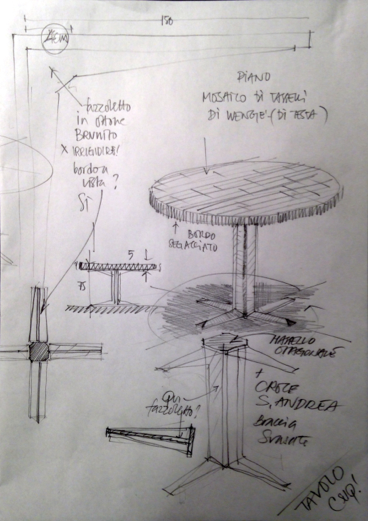
Indeed, it was the opportunity we were waiting for to use scraps of fine true Wengè wood.
Beautiful bits we were keeping aside, awaiting for a chance like this.
The re-use idea, if you think of it, does belong to our architectural culture, from the Roman walls to the Byzantine mosaics, and the Venetian terraces… nothing new under the sun!
The challenge was accepted – not without doubts – by our most meticulous carpenter, Alberto.
He saw from the beginning the opportunity to create an extraordinary piece, but also the difficultiesto get the work done: long time, difficult processes, uncertain result… 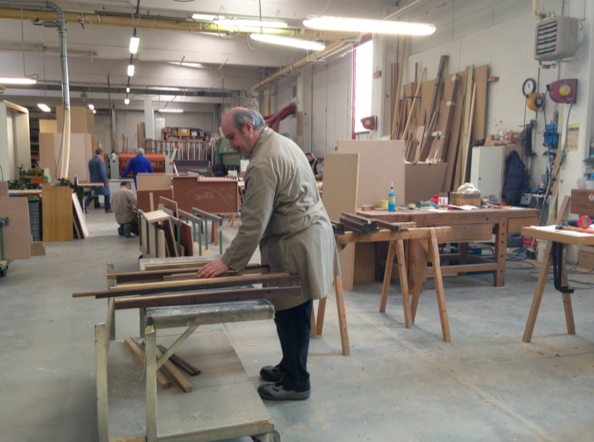
We decided for a 43×43″ plan, polished surface, untreated or perhaps with a film of oil citrus sprayed hot. Then 2″ thick edge.
A quick sketch to explain the idea and then we were all set.
Alberto is happier now:
The effect of the combined veins of the different types of Wengè, ranging from black to various browns to white, creates a mosaic in which each tree tells a different story. Without doubt, a very special table.
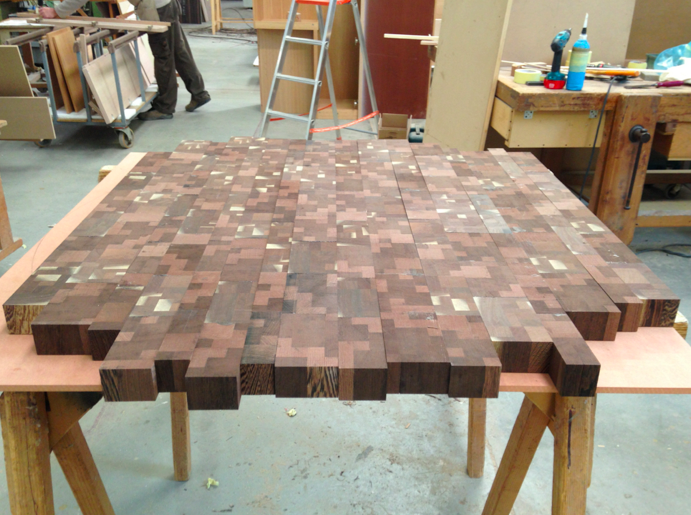 The thicknesses of the table has been decided with our brass expert.
The thicknesses of the table has been decided with our brass expert.
The top, very heavy, needed triangular supporting elements to make it more stable… they too have been coated in Wengè, while the burnished brass edge is left exposed.
The work of Alberto is now an amazing piece, something to be proud of.
Finished, then?
No: we realised by looking at it that a round table may not be the best to do schoolwork on, especially to draw.
So we cut a slice of it… should we call it the beauty of Japanese imperfection wabi-sabi?
However – even if the customer says she is very happy – we have a feeling we’ll need to wait until the schoolyear is over, to know if the table served its purpose as expected!
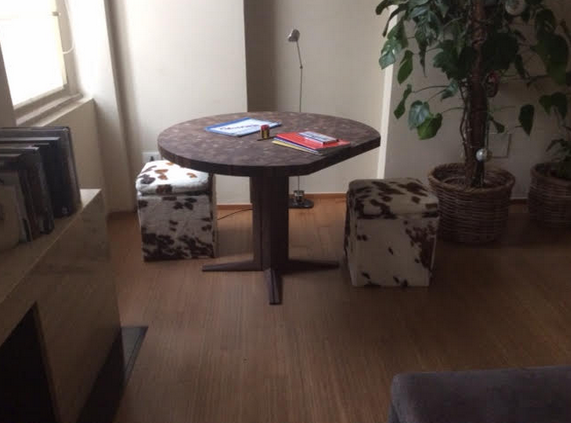
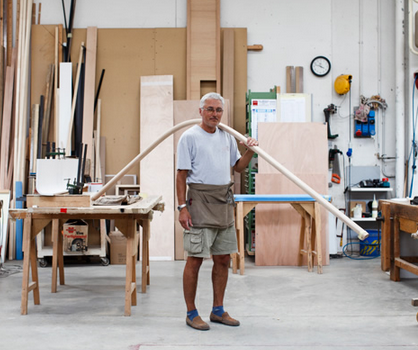 Many of our “falegnami” (the Italian wording our international customers don’t know) are actually master carpenters, who learned to work with wood, over the years, project after project, within our company.
Many of our “falegnami” (the Italian wording our international customers don’t know) are actually master carpenters, who learned to work with wood, over the years, project after project, within our company.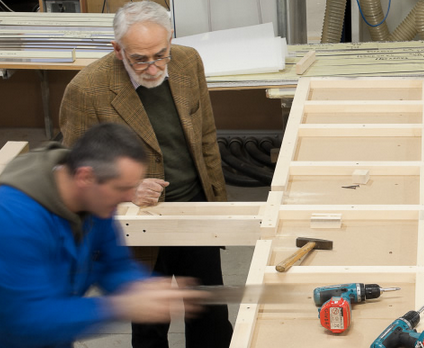 where “thought” becomes “act” through the work of hands, and then returns then to thinking phase in a constant and smooth process, with no separation between “those who think” and “those who make”.
where “thought” becomes “act” through the work of hands, and then returns then to thinking phase in a constant and smooth process, with no separation between “those who think” and “those who make”.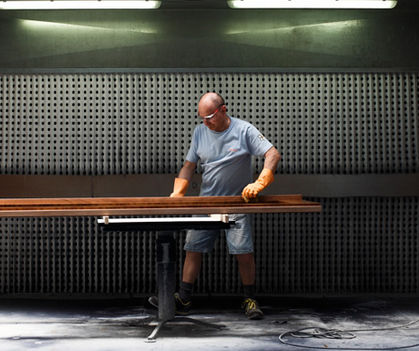 This constant “dialogue” between thought and action is a continuum that leads, in our opinion, to excellence in the production of a piece of interiors, whether residential, retail or yacht.
This constant “dialogue” between thought and action is a continuum that leads, in our opinion, to excellence in the production of a piece of interiors, whether residential, retail or yacht.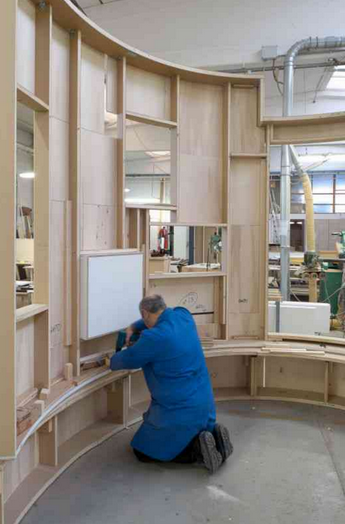


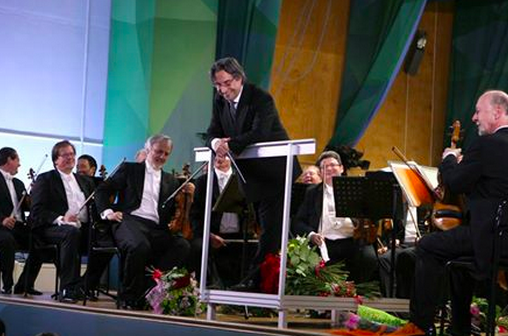
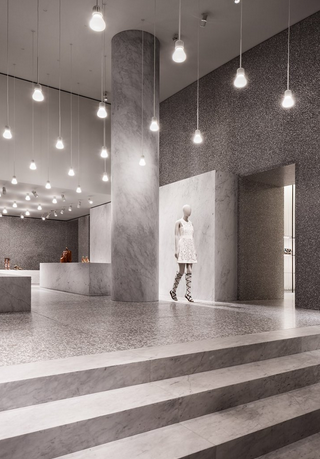
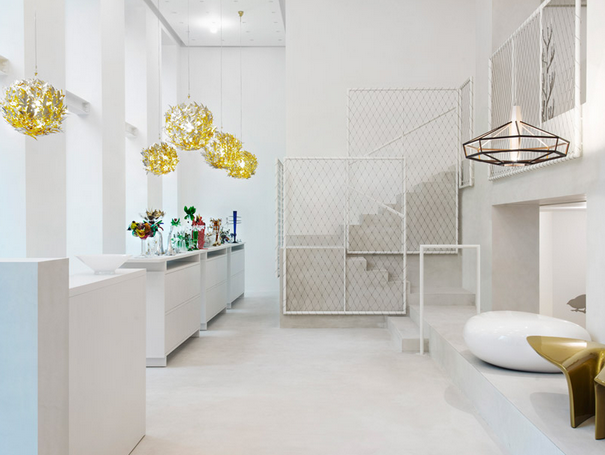 showroom of Driade in via Borgogna (shown) as a neutral, pure, simple container conceived as an art gallery space.
showroom of Driade in via Borgogna (shown) as a neutral, pure, simple container conceived as an art gallery space.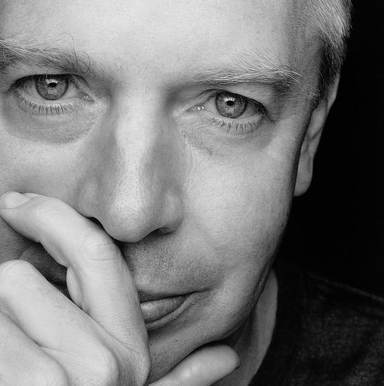 how many new products we really need, to be more aware, to formulate a different idea of growth. We have gone from needing to wanting and design has shifted from supplying necessary goods to stimulating the desire for things that aren’t needed. This is why we have to be more aware of the role of design and products. It is a big commitment for a furniture brand that has to carefully evaluate the quality and durability of things. The project has to have integrity and that happens when it has a reason to exist. “
how many new products we really need, to be more aware, to formulate a different idea of growth. We have gone from needing to wanting and design has shifted from supplying necessary goods to stimulating the desire for things that aren’t needed. This is why we have to be more aware of the role of design and products. It is a big commitment for a furniture brand that has to carefully evaluate the quality and durability of things. The project has to have integrity and that happens when it has a reason to exist. “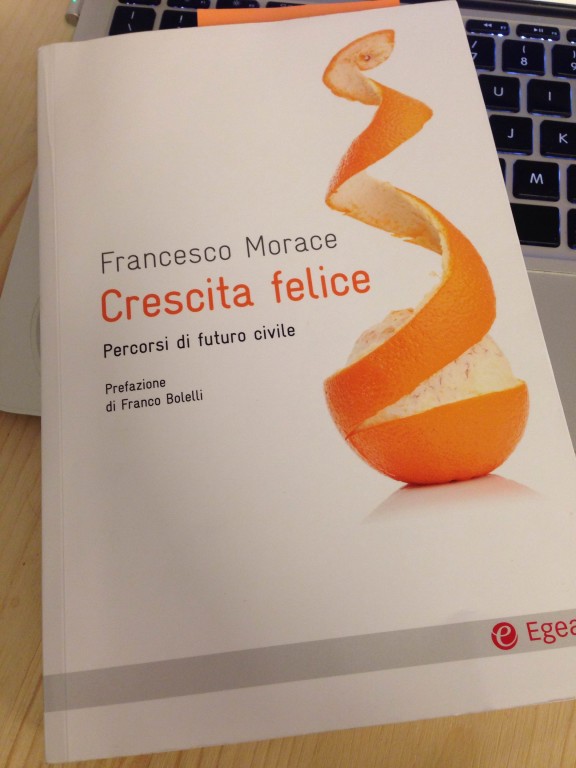
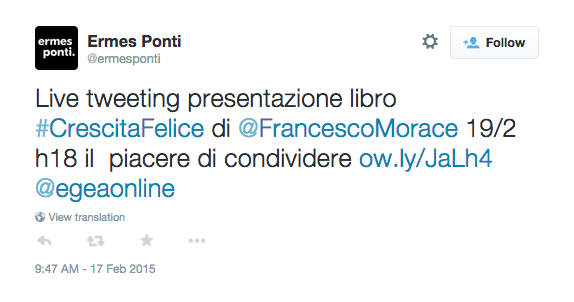
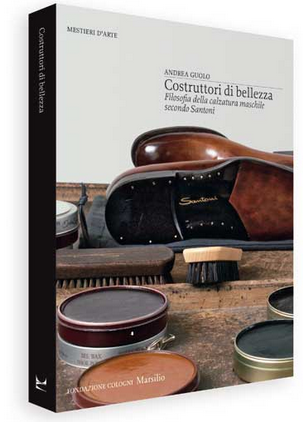
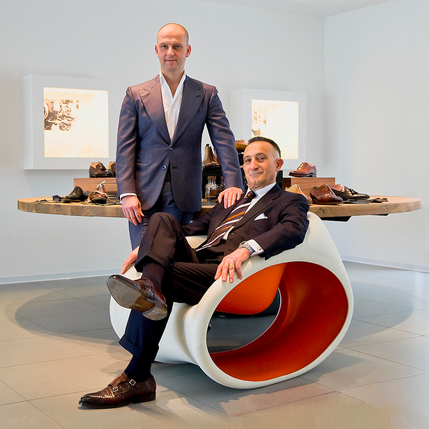
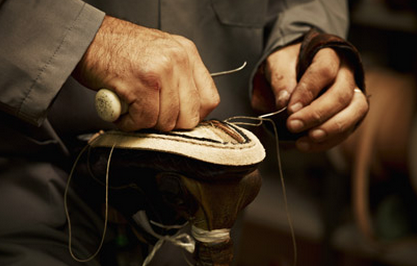
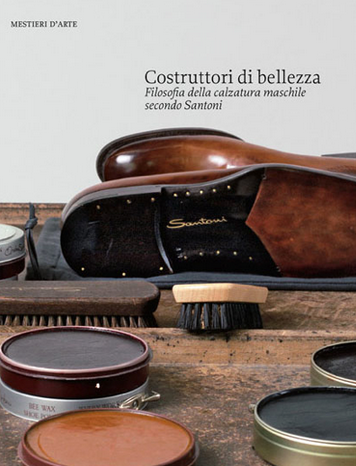
 This is one of those stories we really like, in which we can find what we love more about our work:
This is one of those stories we really like, in which we can find what we love more about our work:

 The thicknesses of the table has been decided with our brass expert.
The thicknesses of the table has been decided with our brass expert. 
